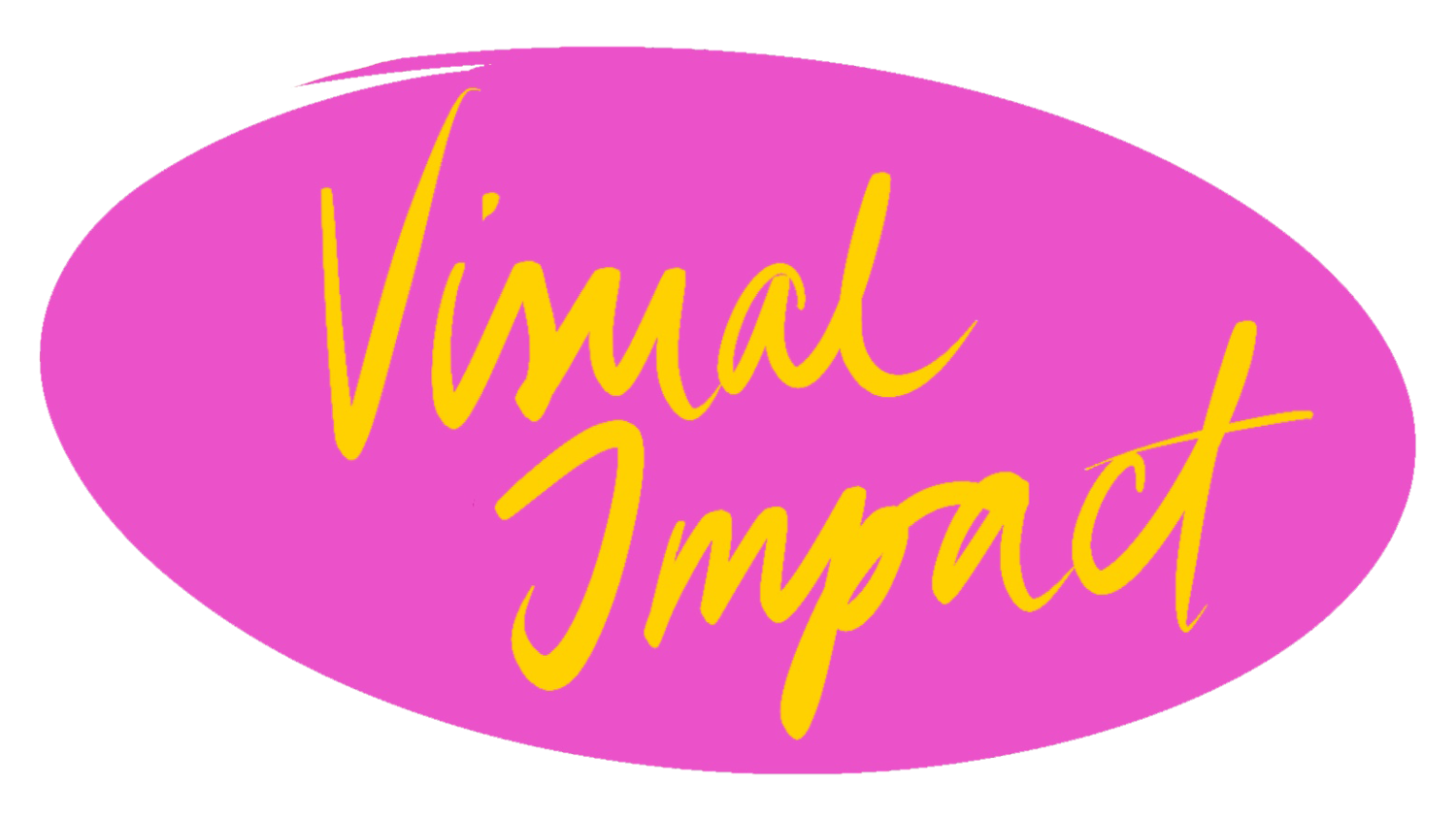
Strategy Visualisation

Strategy visualisation lays out the organisation and its business logic in one rich picture
The picture creates a systemic understanding of the corporate strategy in a human, holistic and engaging way
The superpower of the picture
The superpower of the picture is the instantaneous affinity we feel with rich visuals. The picture acts as a springboard and anchor to dialogue, which is where the deep insights are born.
The work process
The creation of a strategy visualisation is an iterative process of inquiry, where the understanding can be quickly verified with the client through draft drawings.
0) Scoping the project and setting the goals,
1) Learning your business, strategy and target group
2) Working through a number of communication concept and content iterations with you, and
3) Delivery of the agreed-upon end product and/or larger communication concept
The outcome concept
The outcome form is always defined in the process, according to your true needs. The process starts with an assumption of what we’re aiming for, but the final concept should be an amalgamation of learning about your business, organisation and culture, the core message and a fresh concept that is uniquely fitting to your needs.
In my past projects, strategy visualisation has taken on a number of different forms: a dialogue picture, a fairytale calendar, a strategy cartoon book, a deck of cards, a real, tangible toolbox, and an animated video.
What form of communication would your organisation desire, if they only knew it was possible?
The case for richness
Does making a complex issue look simple make it easier to understand?
Sometimes, to a degree.
But every bit of simplification is removing a handle that someone might have needed, and used, to open the door to their own insight.
I strongly believe that a degree of richness—a richness of detail, color and emotion—in a picture is helpful in creating insights and connections.
Let’s give your message wings!
I’ve seen a number of decent strategy communication concepts disappear into the maw of corporate busyness. I love to take part in the roll-out planning as part of the concepting to make sure your message does get out there.
Don’t quite know what it is that you want or should do?
That’s a great place to be! Give me a shout (well, e-mail and calling are more effective medias) and let’s suss out the best solution together.
Please scroll down for case examples and client references.
” I have worked with Annika in challenging strategy projects, involving multifaceted decision-making in globally operating organizations. She is extraordinarily talented in extracting the gist of complex topics and making them approachable. Her ability to catch and illustrate the essence of often long and intricate dialogues among top management teams has been invaluable in creating commitment among key individuals and driving change--by moving from crystallized thinking to actions. Annika’s skill and experience are globally exceptional."—Kaj Storbacka
Professor, Markets and Strategy, University of Auckland Business School, New Zealand; Speaker and Strategy advisor
“When you choose Annika as your partner, you get a bright and talented visualist as well as an experienced strategist who is not afraid to challenge your thinking.
The journey with Annika is worth it, as the outcome is always outstanding. "— Tarja Jussila
Managing Director, CEO, Hill & Knowlton Strategies
“The strategy illustrations we created have allowed us to simplify and sharpen our strategy communication and delivery towards all target groups.Having worked with Annika extensively over the years, I’m impressed with her ability to create insightful and engaging end results. She quickly zooms into the core issues and turns them into energizing and inspiring clarity.” — Antti Makkonen
Sales Director, Publishing at Sappi Europe S.A.
Why are the examples so few? When strategy is put onto paper, it becomes pretty explosive.
So permissions to share are very rare.Strategy visualisation examples
Sappi
How to change the way an entire industry operates? When an industry is as established and investment heavy as print paper production, those who dare think differently really stand out.
This is a very small detail of Sappi print papers’ dialogue picture. The picture was used for boosting internal understanding of the desired direction. It was also shared with customers and supply chain partners to build commitment to a shared vision. So so YES!
The way Sappi sales and communications have taken ownership of the picture and run with the elements to continue building the story has been a joy to see.
Detail from a chemical industry dialogue picture
A very small detail from a large dialogue picture, this particular vignette speaks to the impact of currency rate fluctuations, both on sourcing, sales and company results.
This particular dialogue picture was designed to answer the question posed by the managing director: “How can we get all the employees to see their work through EBITDA-improving projects?”
Translated to human: “How do we create a shared understanding of what it is that we do, how we organise to do it, and how does each individual help build the whole?”
This project was joint work with the highly perceptive and skilled Torsten Weber of Bridging People & Ideas.
Strategy calendar showcases a strategic issue each month
How to bring strategic issues into the everyday work? When people still used a paper calendar, it was a handy platform for hightlighting one strategic topic each month.
We had developed characters that were not depictions of actual individuals, but the two sides within each of us: the positive force and the pessimist that questions new things. The calendar was a chronicle of the characters’ exploits in the world of business strategy, and most importantly, the dialogue between them.
This is a communication about attitudes and behaviours in a way that leaves room for individual insight.



